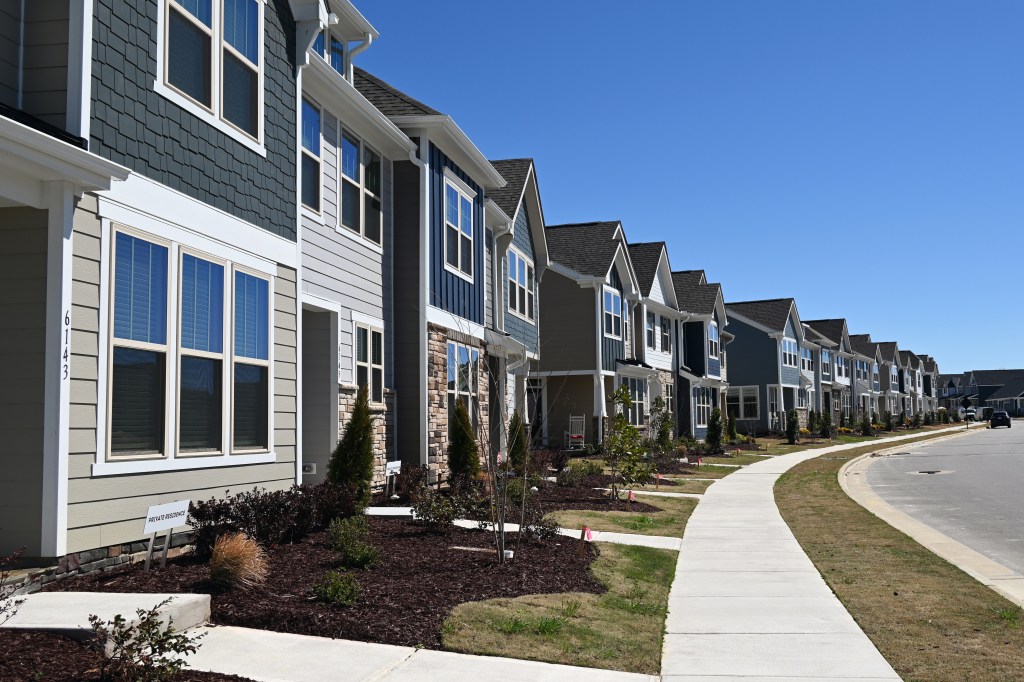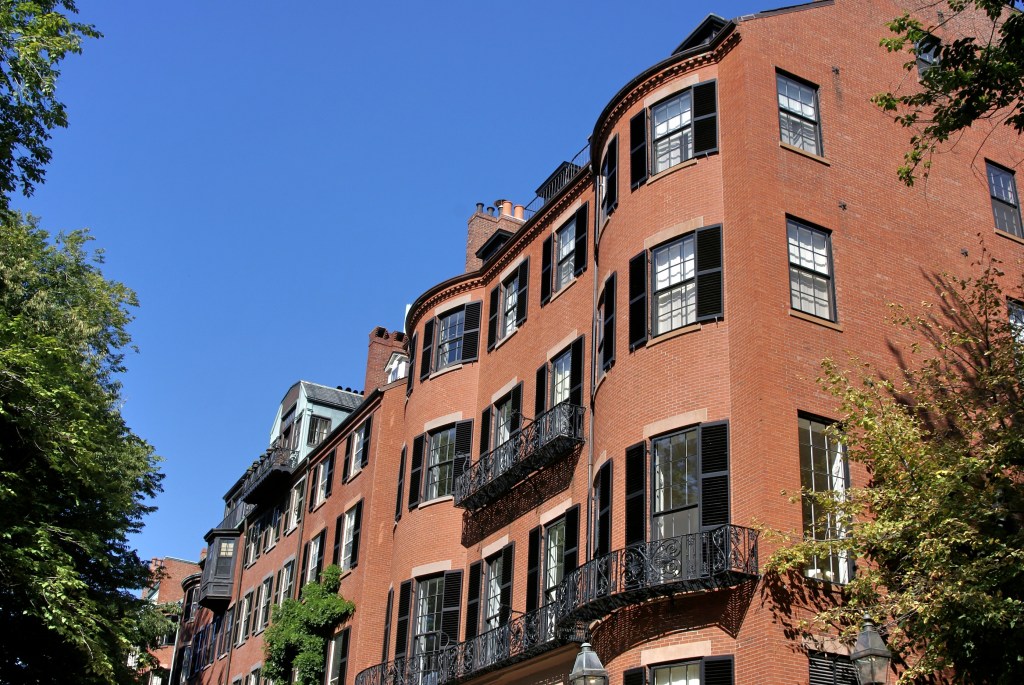Renters ought to target this kind of home for a better deal
If you’re looking to rent a house instead of an apartment, you might be in for a price shock.
The cost of renting a single-family home has skyrocketed, outpacing the rise in apartment rents and leaving many tenants stuck in limbo.
According to a recent , median rent prices for single-family homes have jumped 41% since the pre-pandemic days, while multi-family units have seen a comparatively modest 26% increase in the same period.
That’s in part due to a building boom that has flooded the market with new apartment complexes, leading some economists to label 2025 a “renter’s market.�?nbsp;
But single-family rental homes? Not so much. A lack of new construction means supply remains tight, and with mortgage rates still high, would-be buyers are staying put in the rental market, driving demand even higher.
Zillow’s data shows the price gap between single-family rentals and apartments is wider than ever since tracking began in 2015.
Single-family home rent in January averaged $2,179 (up 4.4% from last year) while multi-family rent in January averaged $1,820 (up 2.7% from last year).
That difference �?about $359 per month �?is making a tough decision even harder for renters who want the space of a house but can’t afford to buy one.
And while high mortgage rates are a major factor, demographics also play a big role.
For millennials �?those born between 1981 and 1996 �?homeownership is increasingly slipping out of reach.
First-time homebuyers in the US now average 38 years old �?an all-time high, according to a 2024 report by the National Association of Realtors.
And with fewer millennials able to buy, more of them are turning to single-family rentals as a temporary solution �?but at a premium.
“Renters are stuck renting for longer,�?Orphe Divounguy, an economist at Zillow, told .
Zillow’s data shows that the median age of renters is now 42, with millennials making up about 31% of all renters. It’s not just a financial squeeze �?life events like marriage, kids and even pets are pushing millennials toward larger rental spaces that feel more like homeownership, without the massive down payment and mortgage hurdles.
If renters are eyeing a house instead of an apartment, Divounguy emphasizes the importance of having “a strong income, strong credit score, and lower debt-to-income ratios�?when applying for single-family rentals.
Landlords scrutinize financials more aggressively for standalone homes than they do for apartments, so keeping your credit history clean and debt manageable is key.
And if homeownership is still the long-term goal, experts suggest staying on top of credit reports and making sure all bills are paid on time.
With the median home price now at $375,475, and 30-year mortgage rates hovering around 6.87%, getting financially prepared now could pay off down the road.













